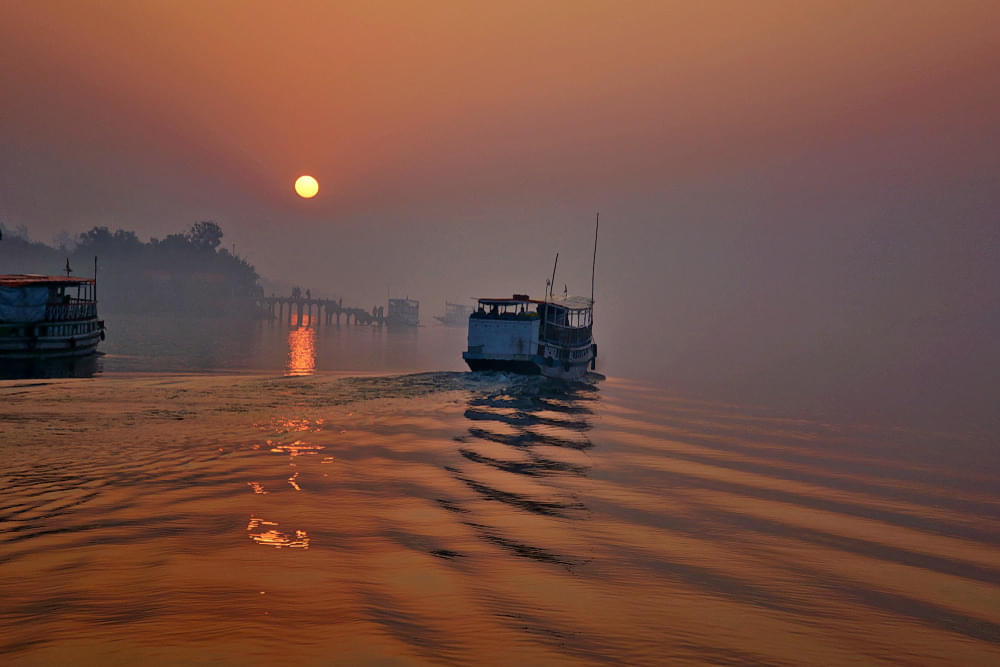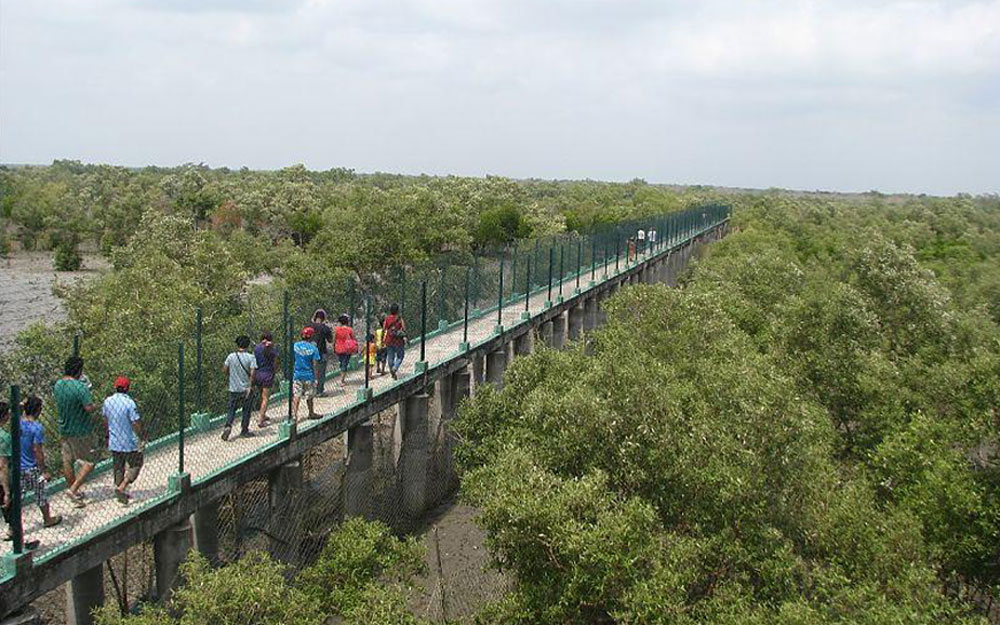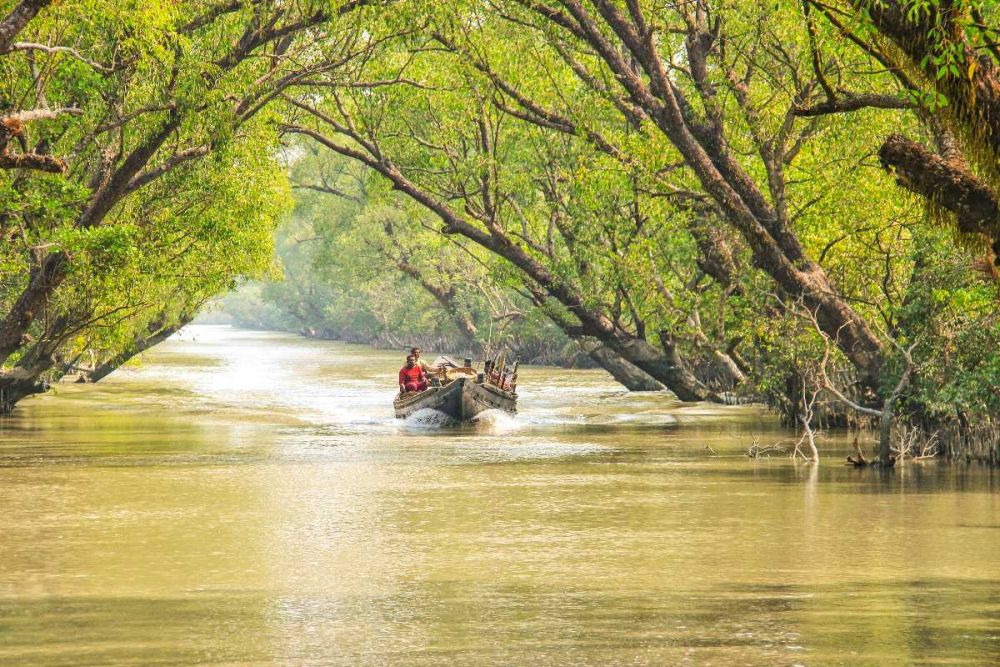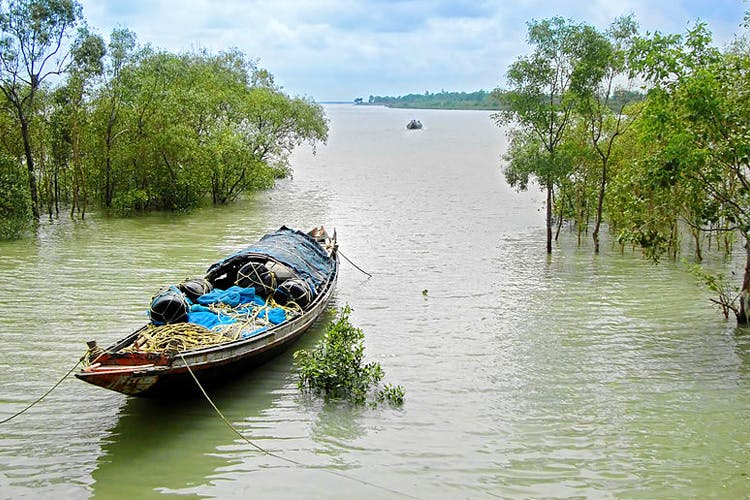Medical Facilities in Sundarbans: A Comprehensive Guide: The Sundarbans, known for their natural beauty and unique biodiversity, are a popular destination for tourists seeking adventure, wildlife exploration, and cultural immersion. However, the remote location and challenging terrain of this vast mangrove forest make accessing medical facilities an important concern for both locals and tourists alike. Ensuring health and safety during a trip to the Sundarbans is crucial, as the region’s isolation and difficult accessibility can pose challenges in case of medical emergencies. We can discuss more “Medical Facilities in Sundarbans”

In this blog, we will explore the availability, challenges, and improvements related to medical facilities in the Sundarbans, with a special focus on how tourists can prepare for their trip. Royal Sundarban Tourism, a trusted tour operator in the region, ensures that its guests are well-prepared and informed about the medical resources available during their visit. We can check more about “Medical Facilities in Sundarbans”
1. Overview of Healthcare Challenges in the Sundarbans
The Sundarbans is a UNESCO World Heritage Site and home to several endangered species, including the iconic Royal Bengal Tiger. Despite its ecological significance and popularity as a tourist destination, the region is geographically isolated, which has a direct impact on the availability and quality of medical facilities. Here are some key challenges:

Read More:
- Geographical Isolation: The Sundarbans is a vast area that consists of a labyrinth of rivers, creeks, and islands. This isolation makes it difficult to establish and maintain healthcare facilities in the region. Access to medical care, particularly in emergencies, can be delayed due to the lack of roads and infrastructure.
- Limited Healthcare Infrastructure: While there are some medical centres and health camps in the larger villages of the Sundarbans, many of these facilities are under-equipped to handle serious medical conditions. Most facilities focus on primary healthcare and are not equipped to handle emergencies such as snake bites, injuries, or other critical illnesses.
- Lack of Specialist Care: Specialist healthcare services, including trauma care, surgeries, and treatment for chronic illnesses, are often unavailable in the Sundarbans. Patients requiring advanced care often need to be transported to nearby cities like Kolkata, which can take hours, and in some cases, even days.
- Seasonal Challenges: During the monsoon season, when the water levels rise and many areas are flooded, reaching healthcare facilities becomes even more difficult. The lack of well-developed infrastructure means that patients may have to travel by boat for hours to access medical help, which can be life-threatening in critical situations. We can discover more about “Medical Facilities in Sundarbans”

2. Local Healthcare Efforts and Improvements
While the healthcare situation in the Sundarbans is challenging, there have been significant efforts made by government bodies, non-governmental organizations (NGOs), and local communities to improve access to medical care in the region. Some notable initiatives include:
- Mobile Health Units: To overcome the geographical challenges, mobile health units are regularly deployed in the Sundarbans. These units provide essential healthcare services, including vaccinations, maternal and child healthcare, and basic diagnostic services. Mobile health units are often the first point of contact for residents of remote islands who need medical attention.
- Health Camps: Various NGOs, in collaboration with the government, organize regular health camps in different parts of the Sundarbans. These camps provide free medical check-ups, distribute medicines, and offer health education to the local population. Health camps have proven to be an effective way of reaching out to underserved communities in the region.
- Telemedicine Initiatives: With advancements in technology, telemedicine is becoming an increasingly important tool in providing healthcare in remote areas like the Sundarbans. Local health centres are being equipped with the necessary technology to connect with specialist doctors in larger cities, allowing for consultations and diagnoses without the need for patients to travel long distances.
- Government and NGO Collaborations: Over the years, several collaborations between government and non-government organizations have improved healthcare access in the Sundarbans. These initiatives focus on providing maternal and child health services, nutrition programs, and disease prevention campaigns.
- Emergency Response Teams: While emergency medical services are still limited, some regions of the Sundarbans have started training local volunteers to respond to medical emergencies. These trained first responders are equipped with basic medical supplies and can provide immediate care while waiting for professional medical assistance to arrive.

3. Medical Facilities Available for Tourists
For tourists visiting the Sundarbans, health and safety are top priorities. Royal Sundarban Tourism, a leading tour operator in the region, is committed to ensuring that its guests are well-prepared and informed about the medical resources available during their trip. While the Sundarbans may not have advanced healthcare facilities, here are some options for tourists in case of medical emergencies: We can delve deeper into “Medical Facilities in Sundarbans”
Also, you can Book the Sundarban Tour At Maity Tourism and Sundarban Leisure Tourism Powered By Argusdna,
- First Aid Kits: Every tour organized by Royal Sundarban Tourism includes a well-stocked first aid kit with basic medical supplies such as bandages, antiseptics, painkillers, and medications for common ailments like fever, headaches, and stomach issues. Tour guides are trained to provide basic first aid in case of minor injuries or health problems. We have the opportunity to explore further “Medical Facilities in Sundarbans”
- Access to Local Healthcare Centers: In case of medical emergencies, tourists will be taken to the nearest healthcare centre, usually located in the larger villages of the Sundarbans. These centres can provide basic medical care, including treating minor injuries, administering medications, and handling common illnesses.
- Emergency Evacuation Plans: In the event of a serious medical emergency, Royal Sundarban Tourism has established emergency evacuation protocols. Depending on the location and severity of the situation, tourists may be evacuated by boat or other means to larger medical facilities in nearby towns or cities. It is recommended that tourists have travel insurance that covers medical evacuation.
- Partnerships with Healthcare Providers: Royal Sundarban Tourism maintains relationships with healthcare providers in nearby cities like Kolkata, ensuring that tourists can access specialist care if needed. In case of a serious health condition, tourists can be transported to these hospitals for more advanced treatment.
- Precautionary Measures: Before embarking on a Sundarban tour, Royal Sundarban Tourism advises travellers to carry any necessary medications and inform the tour organizers about any pre-existing medical conditions. This ensures that the tour team is prepared to assist in case of a medical emergency. We have the chance to learn more about “Medical Facilities in Sundarbans”
4. How to Stay Safe and Healthy During Your Sundarban Trip
Here are some essential safety and health tips for tourists visiting the Sundarbans:
- Vaccinations: Before visiting the Sundarbans, make sure you are up-to-date on vaccinations, especially for diseases such as malaria, dengue fever, and typhoid. Consult your healthcare provider to determine which vaccinations are recommended based on your travel plans.
- Carry Personal Medications: If you have any pre-existing medical conditions or require regular medications, make sure to bring an ample supply with you, as finding specific medications in the Sundarbans may be difficult.
- Stay Hydrated: The Sundarbans can be hot and humid, especially during the summer months. Make sure to drink plenty of water to stay hydrated and avoid heat exhaustion.
- Protect Yourself from Insects: The Sundarbans is home to a variety of insects, including mosquitoes, which can carry diseases such as malaria and dengue fever. Use insect repellent, wear long-sleeved clothing, and sleep under mosquito nets when possible.
- Watch Out for Wildlife: The Sundarbans is famous for its wildlife, including tigers and crocodiles. While these animals are a major attraction, it’s important to follow safety guidelines and listen to your tour guide’s instructions to avoid any dangerous encounters.
- Travel Insurance: It is highly recommended that tourists have comprehensive travel insurance that covers medical expenses, including evacuation in case of a serious illness or injury.
5. Conclusion: Healthcare in the Sundarbans is Improving also, Medical Facilities in Sundarbans
While the Sundarbans may not have world-class medical facilities, efforts by local communities, government bodies, and NGOs have significantly improved healthcare access in the region. For tourists, the key to staying safe and healthy during a Sundarban trip is preparation. Working with a reputable tour operator like Royal Sundarban Tourism ensures that you are well informed about the available medical facilities and equipped to handle any health-related challenges.
By understanding the healthcare landscape of the Sundarbans and taking the necessary precautions, you can enjoy a safe and memorable trip to this unique and beautiful region.
